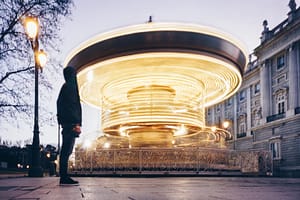Madrid boasts the most richly varied cuisine in Spain. Its national eating spots cover everything from Andalusian gazpacho and Valencian paella (most famed of all Spain’s rice and seafood dishes) to Galician pulpo (octopus), Asturian fabada (rich pork stew), and Basque bacalao (cod). And let’s not forget Madrid’s very own cocido (lamb and vegetable stew), callos (tripe) and, lesser known perhaps to visitors, oreja (ear: yes, you heard right). Plus neighboring Castile’s outrageously delicious infanticide dishes: lechona (roast suckling pig) and corderito (baby lamb, best sampled in Segovia).
The region’s dishes are both hearty and logical given the setting and winter climate, but the big surprise is that though Madrid is a landlocked city, surrounded by a vast arid plateau, it receives a daily supply of fish which is transported from the Atlantic north in large containers to supply top restaurants like La Trainera and Cabo Mayor with the country’s best and freshest seafood.
Add to all that a new wave of sophisticated polyglot fusion cuisine, deft, brilliant, and light years away from the full-bodied traditionals mentioned above — and the scene takes on another dimension. Thanks to highly inventive and imaginative chefs like Sergi Arola, Santi Santamaria, and — latest newcomer to Madrid — Ramon Freixa the city’s cuisine is now truly considered international. Ground-breaking Ferran Adriá in particular has gained such fame (the New York Times recently described him as the “dean of molecular gastronomy”) that for a while he eclipsed even Gallic giants like Paul Bocuse. His much vaunted El Bulli restaurant in the northern Costa Brava will close for good in 2011, when he is scheduled to start a two-year tour of Asia in search of new culinary ideas. The restaurant will reopen at some later date as a school for chefs but never again to the public. In Madrid, however, Adriá’s centrally located Terraza del Casino still continues to delight the public with its inventive dishes.

